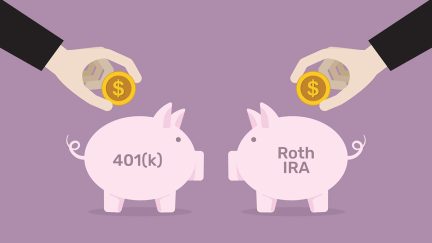For more stories like this, sign up for the PLANADVISERdash daily newsletter.
Regulators Got Real About In-Plan Annuities in 2014
Final rules from the Treasury Department on longevity annuities—aimed at bringing more flexibility to retirement savers using the fixed-income vehicles as a longevity hedge—and additional guidance from the Treasury and the Internal Revenue Service—addressing the use of annuities in target-date funds—both speak to the use of annuities, and the question of income in retirement.
“The decision should definitely help plan sponsors, because obviously one of the primary responsibilities is helping participants to meet retirement readiness,” says Phillip Troyer, an attorney and vice president of compliance at Bukaty Companies Financial Services.
“The DOL’s recognition that annuities can play a role is helpful, because it does then provide a meaningful option for participants who don’t want to take a lot of market risk. They can plan around the money they have set aside. ‘If I buy an annuity, I’m going to have X dollars a month coming in, and I can budget around that,’” he explains.
One gain would be greater protection for plan participants in the event of another financial crisis, Troyer says. “They retire, and lose 40% of the money they set aside.”
Regulators adopted the annuity regulations fairly quickly quickly, observes Joe Connell, director of retirement plan services at Sikich Financial (formerly Retirement Plan Partners).
“It wasn’t one of those five-year things,” Connell says. The option is a good one, he says, noting that retirement plan committees are interested in understanding the mechanics of how this can work. Plan sponsors are worried about protections, to put it plainly. “If you buy an annuity today that pays out in 20 years, who is responsible for (making sure) that the insurance company will exist in 20 years? That’s the concern we’re hearing.”
A government safe harbor for annuities, provided the plan sponsor has done due diligence on an insurance company, would go a long way toward alleviating some plan sponsor anxiety, Connell says, and he thinks safe harbor will be implemented, in part because income in retirement is such a hot topic.
“We’re looking for ways to make retirement balances look more like income,” he notes. “I think that’s the message we want to give participants, and if we’re able to help them purchase an annuity inside a plan it gets them one step closer to managing the retirement income portion.”
Connell feels regulators want to see the needle move in retirement readiness. “Not enough people are saving enough,” he says. “I think they want to see more positive numbers in terms of getting people to a more successful retirement, whether it’s having the income available or being able to leave employment.”
Some recordkeepers have expressed frustration because the guidance was released, points out Matt Gulseth, partner at Channel Financial, but there are still testing requirements. Including annuities in target-date funds is a good step, Gulseth feels. “The attorneys are still saying there will be question marks for plan sponsors,” he says, adding he thinks more announcements will be released. “Within five years, it will be ironed out and be more ubiquitous.”
In any event, Gulseth says, it’s the first signal from the DOL that annuities are an acceptable vehicle in 401(k) plans, as well as an early sign that the government is seeing the upside to their use. “Income solutions can be appropriate to put in a plan, and there are going to be more announcements in the future,” he says. Annuities can be a way to provide income for life, which is obviously attractive to some participants.
Gulseth says his firm has been talking with plan sponsor clients about annuities as something to think about as more choices come into the marketplace. “In some cases, we can’t provide the solution,” he says. “As this industry has evolved, there’s been some product development, and we’ve had more plan sponsors show more interest than we thought there would be.”
A defining question might well be, does the plan sponsor want to take responsibility for income solutions for their people after retirement? Gulseth says: “That’s the starting point.”
You Might Also Like:

Recordkeepers Prepare for Next Year’s ‘Roth-Only’ Catch-Up

2025 Employee Benefits Reporting Forms Unveiled by Federal Agencies
